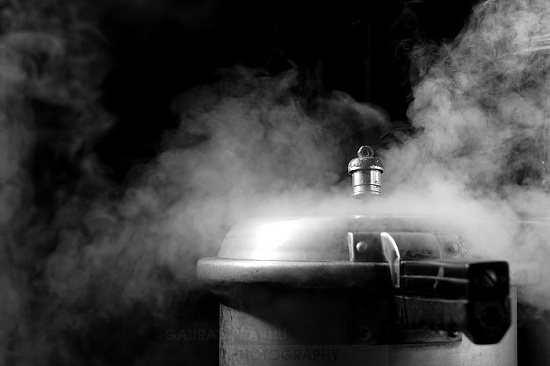Its a human tendency to lust on luxurious things. Photographers are no different species. Their wish-list is often filled with high end camera bodies & further high end fast glass. If you happen to go through it, you’ll find most of lenses having a fast aperture of f/2.8, 1.8, 1.4 or even 1.2.
The thing is, they believe owning these fast lenses will make their job easier. They will be able to shoot in lower light, get more creamier backgrounds & come close to making photographs like their role model photographer. However, there is also another aspect to this thinking. No doubt, one will get benefit of shooting at lower ISO’s with these fast lenses or getting creamier backgrounds. But has anyone given a thought to the shallows DOF’s provided by these fast lenses?
The shallow DOF commands the photographer to be very perfect in his shooting technique. Since the DOF is very shallow(and get even shallower at telephoto ranges), a photographer must be adept at his focusing technique. A small lapse in focusing and the picture will go straight into the Trash Bin. Here amateur photographers are better off with consumer grade lenses which offer medium apertures & conceal any mistake of the photographers when it comes to focusing. Also not to forget professional lenses like 70-200mm f/2.8 weigh a lot & if you’re not build like a tank, you’re going to get fatigued which will ultimately result in shaken pictures. In worst cases, you may prefer to keep such lenses at home & shoot with your normal consumer lenses which defeat your original purpose of getting a fast lens.
So as you see, its not that simple. Before you go out to buy those fast professional lenses, take a quick look at your capability. Ask yourself – How accurately you focus? How often you need to shoot Wide open? Do you really need the f/1.4 or a f/2.8 or f/4 lens will suffice? Its a case of, “With Great Power comes even Greater Responsibility”. Its better to hone your basic camera skills with your consumer lenses for a year or two before you take the path of getting fast professional lenses. This does not only applies to lenses but to any high-end photography gear. Any high-end photography gear might make your job simpler but will also magnify any of your shortcomings. So first measure your photographic capability before splurging.



